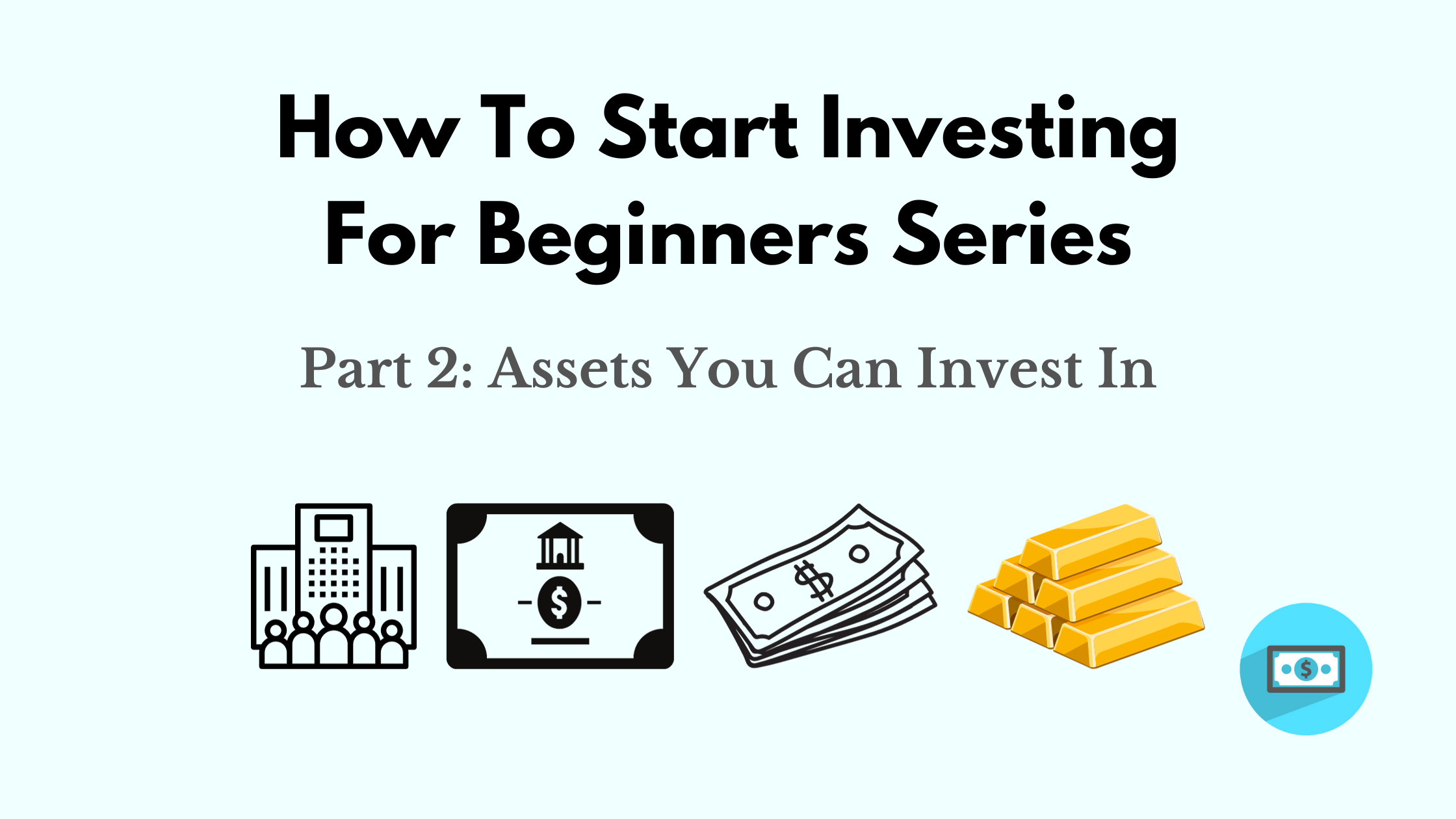Table of Contents
Now that we’ve gotten through what investing is and why it’s important to invest your money, we’ll have a look at what assets you can invest in.
If you haven’t read through the first post of the “How To Start Investing For Beginners” series, you can read it here.
Assets To Invest In
There are soooo many different things you can invest in these days. Crypto, money-market funds, artwork, etc.
You can even invest in people. And I’m not talking about investing in yourself. You can literally invest in famous athletes.
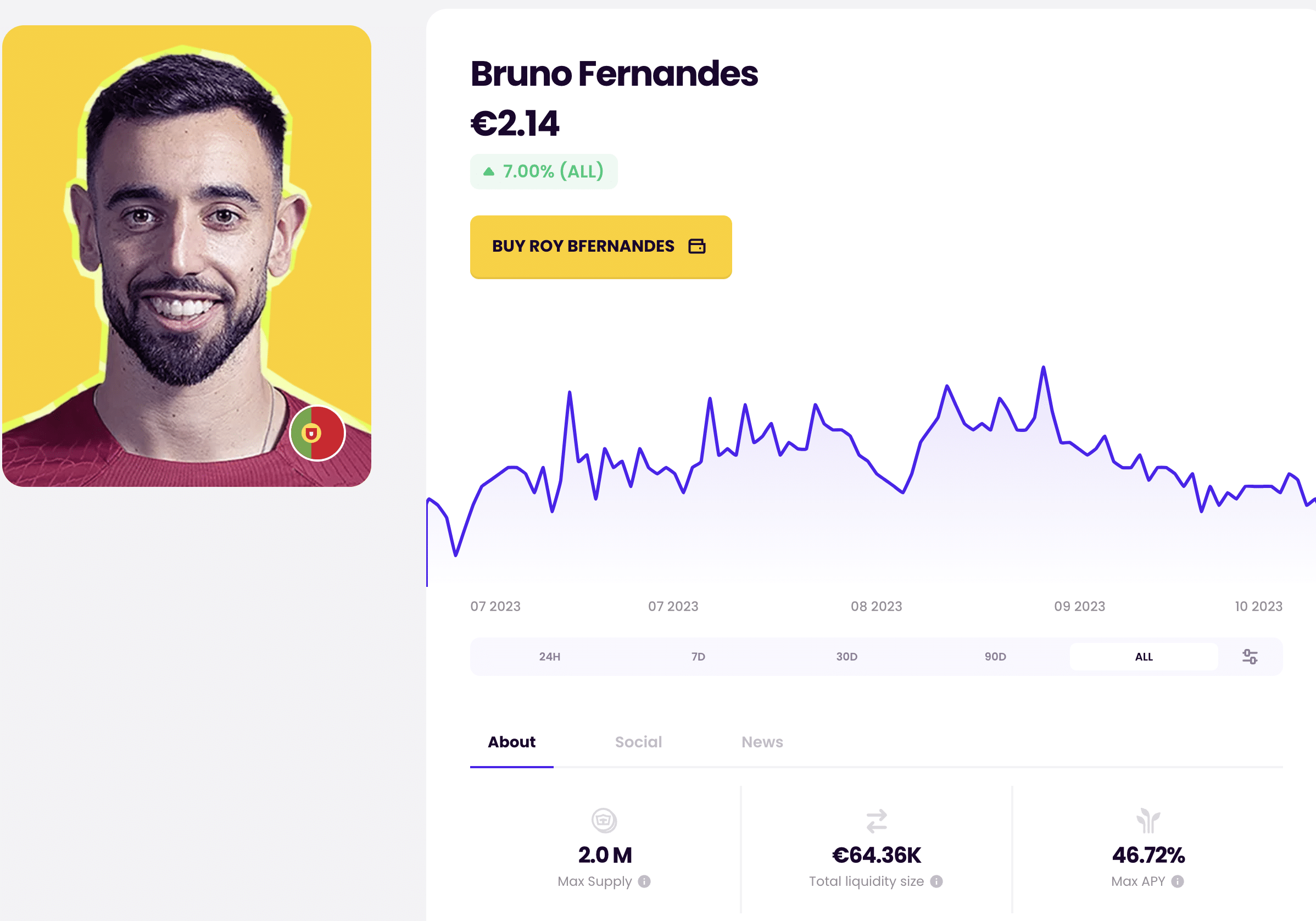
But I won’t be talking about those here.
The focus will be on the most basic asset classes that most new investors can look for – stocks, bonds, cash, and commodities.
Stocks
Probably the most popular asset class people invest their money in. When I think about investing, I think about stocks.
Stocks represent ownership in a company. Every time you buy a stock, you technically own a portion of that company.
When I say this it doesn’t mean that you can start going to their offices and bossing their employees around.
You become a shareholder and own a small part of their business. Like a really small amount.
Let’s look at Apple as an example. 1 share right now is worth $178 and the company is worth $2.79 trillion.
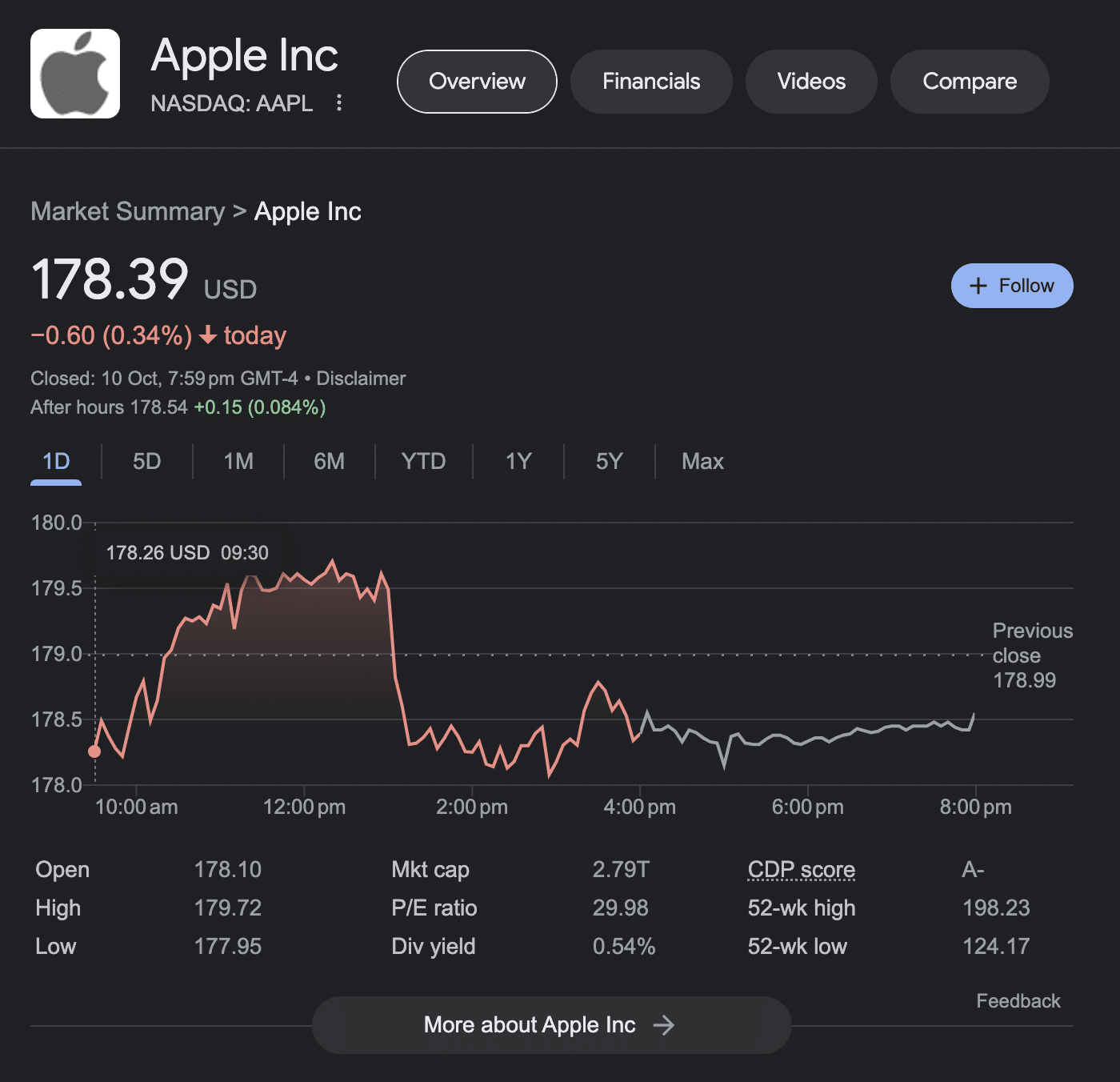
If you own 1 share, you technically own 0.000000006% of the entire company!
If you’re Warren Buffet and have >$150 billion invested in Apple, you’d own nearly 6% of the entire company.
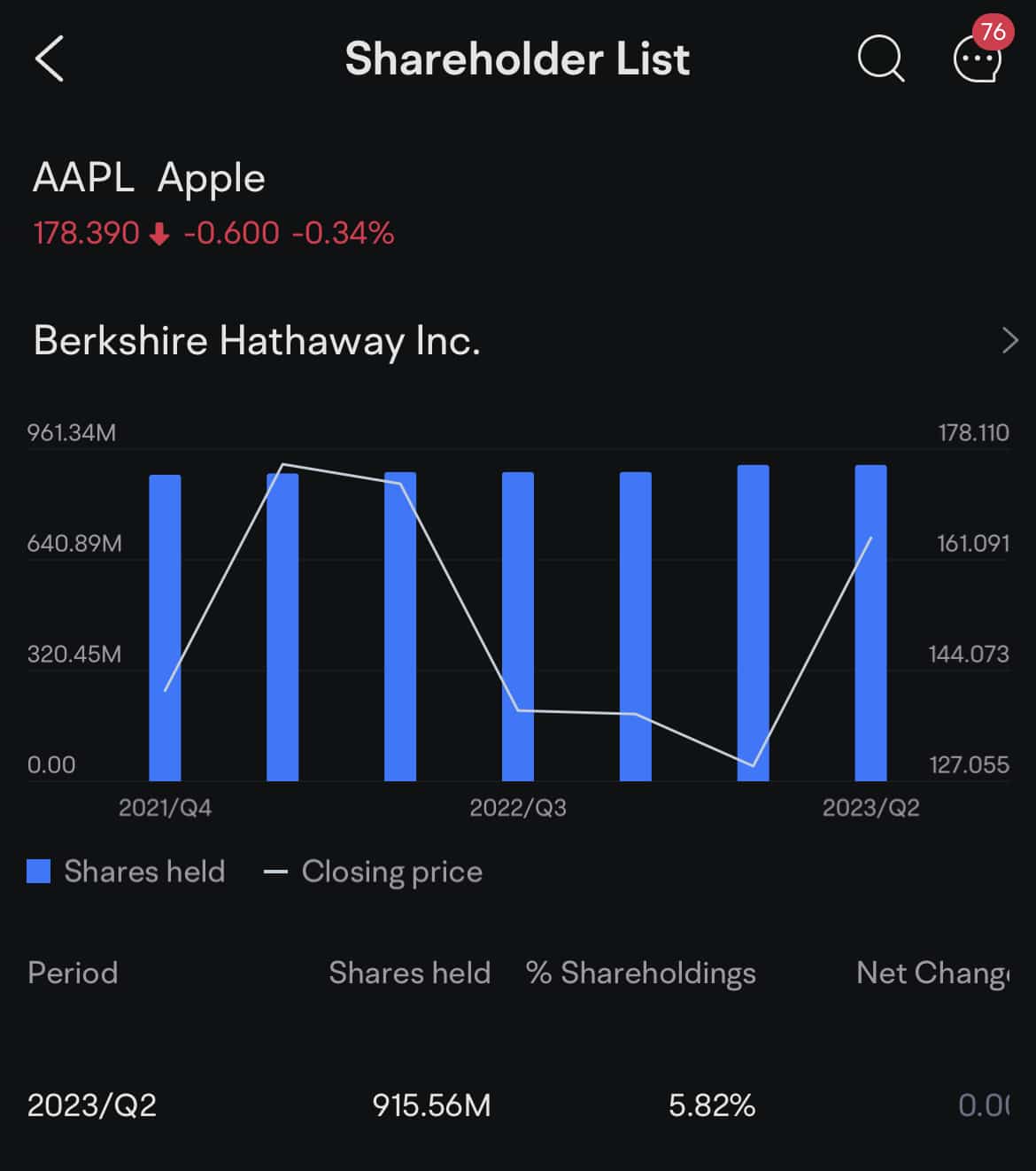
Most large companies are listed on stock markets.
Netflix, Coke, Disney, and Nike are examples of companies listed in the US.
In Malaysia, companies like Maybank, Maxis, and Senheng are all listed on the Bursa exchange.
Companies like Shopee and Grab are also listed companies, but not in Malaysia or Singapore. They both decided to list in the US markets due to the higher liquidity.
Historically, stocks give the highest returns but also have the highest risk among the 4 asset classes I’ll be talking about today.
Want to start investing in global stocks? Check out Interactive Brokers or M+ Global (get 6 free Grab shares!)
Bonds
Bonds are kinda like a loan that companies and governments take from investors when they need cash.
Instead of going to a bank for a loan, they issue bonds to borrow money from investors at a fixed interest rate Usually, the lower the risk of the company/country the lower the interest rate will be.
The thing about bonds is that they’re tradeable on the markets. So if I want to buy a US government bond, I can buy US treasury bills from any broker out there.
Unlike stocks, bonds have a guaranteed return. This is an example of a Malaysian government bond.
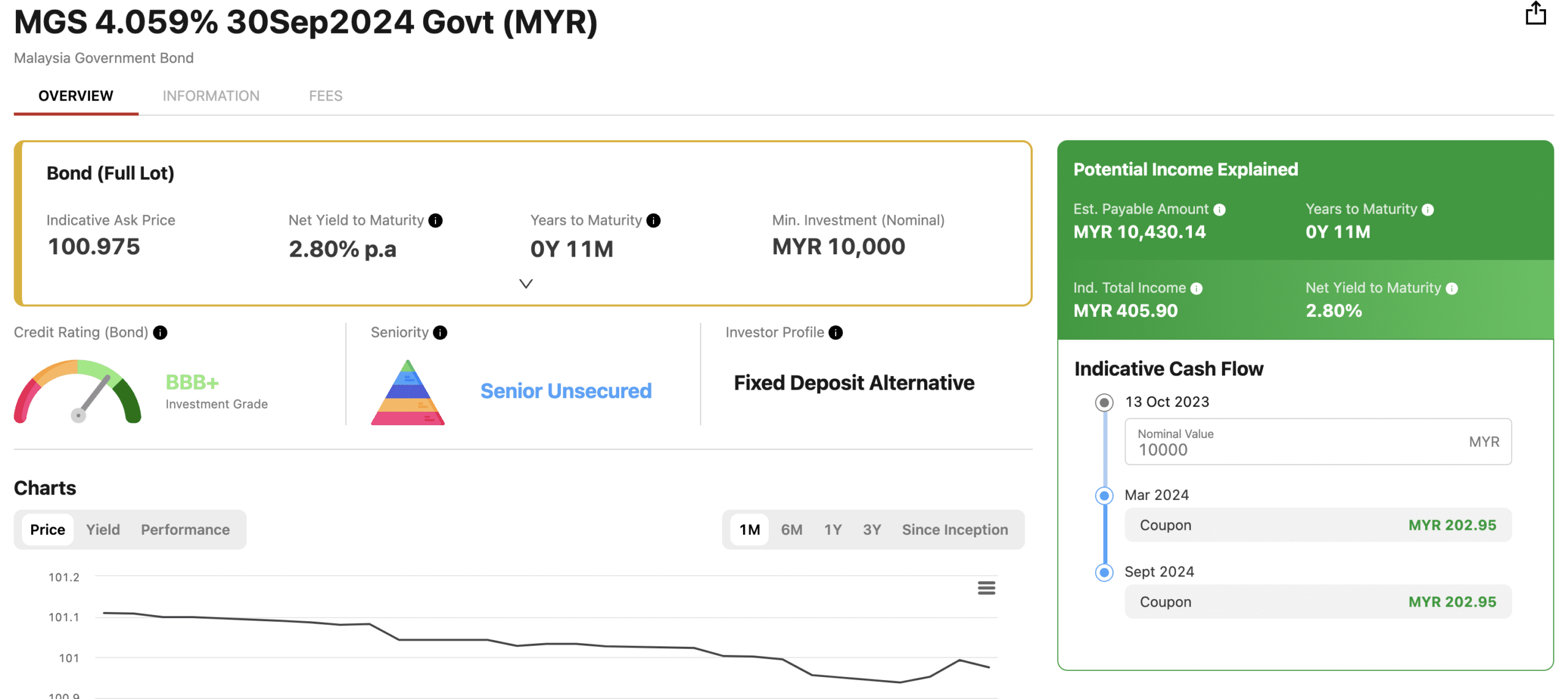
You can see that there’s 11 months to maturity and you already know the cashflow that you’ll receive if you buy it.
The only reason it writes “Indicative” is because how many units of the bond you get will depend on the price as of the time you buy it.
When you own a stock of a company, they don’t owe you anything. You just own a part of the company and if they do well you do well.
When you buy a bond of a company, they have to pay back the amount. It’s literally a loan.
The downside of bonds is that if the company does extremely well, you’ll still only get the agreed interest rate whereas if you own stocks, the stock price will go up by a lot more.
That’s why bonds are also referred to as fixed income. The income you would make from investing in these is fixed at the time you buy it.
Cash
Yes, cash is also an investment. But just keeping cash under your pillow isn’t really an investment – you’re not making any money.
It becomes an investment when you put the cash into stuff like fixed deposits or money-market funds.
These are usually done with financial institutions where you give them your money so they can use it to give out loans to people who need it.
In return, they give you some extra cash when you park your money with them.
This is an example of a bank offering interest rates based on how long you’re committing to park your cash with them.
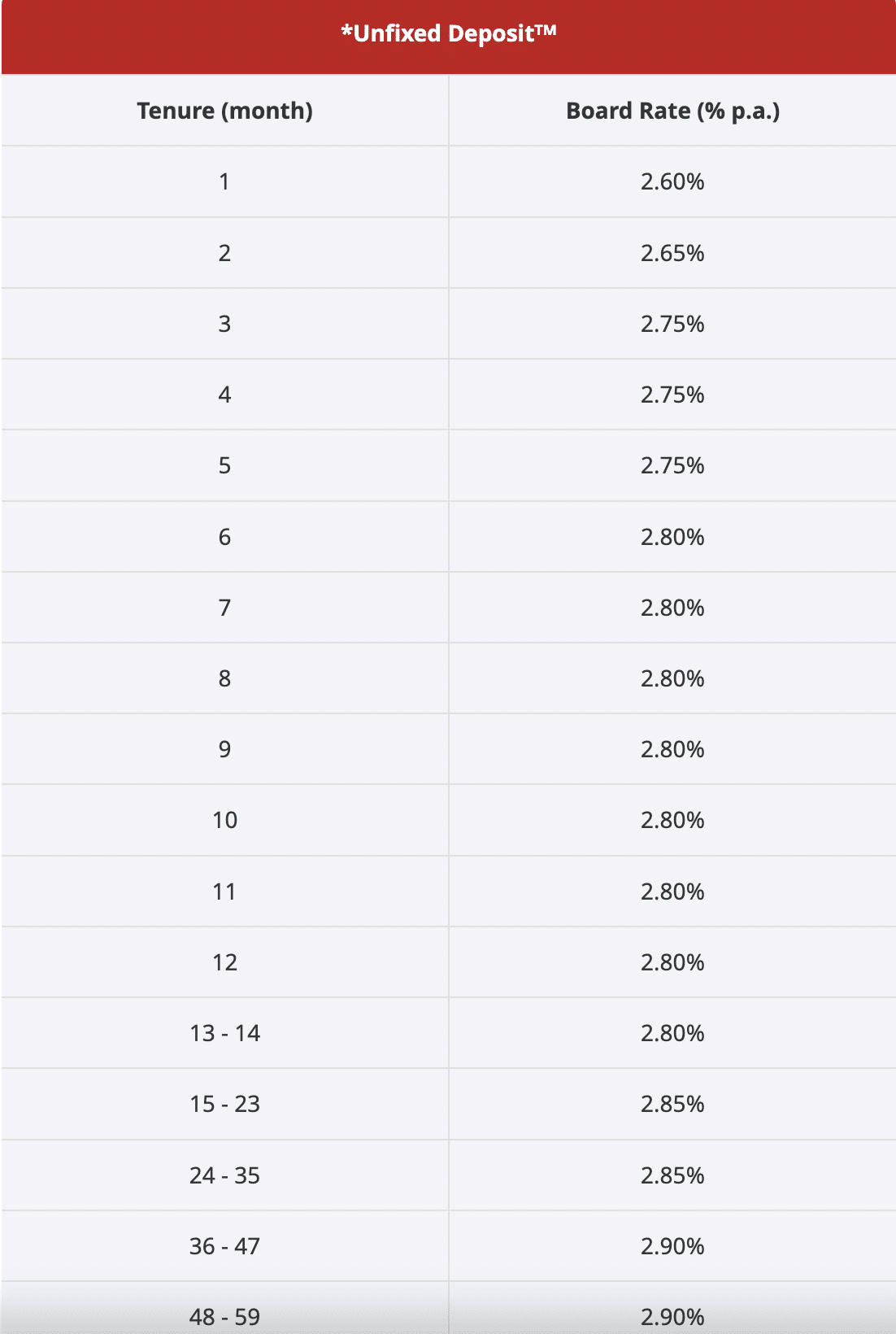
Among the 4 options, this is the safest and most liquid investment you can make.
Of course, it comes at the cost of low returns as well.
Commodities / Crypto
Finally there’s commodities and crypto. These aren’t the most popular investment assets out there but I know some people are still interested in it.
The most common commodity that Malaysians invest in is probably gold. But you can also invest in other ones like coffee, sugar, and eggs.
Not kidding. At a point, egg prices went up more than 3x in 2022 from $1.59 to $5.29
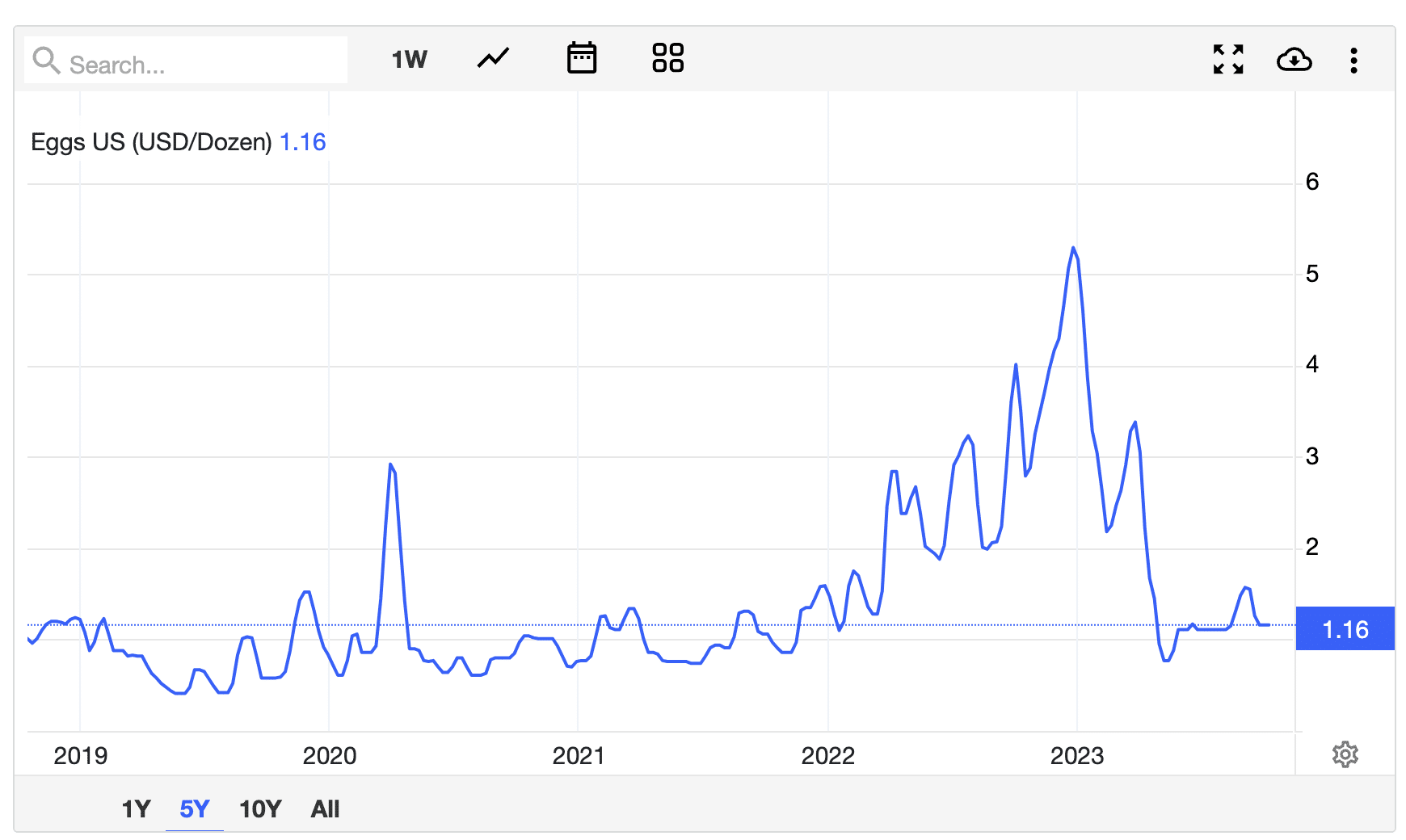
And then there’s crypto which I would just group together with commodities because… that’s kinda what they are.
Investors usually buy commodities as a hedge against inflation. The reason egg prices went up that much last year was because inflation was so high.
To be honest, I’d consider this as an investment for advanced investors. If you’re just starting out, you shouldn’t really be looking past gold and Bitcoin.
And I’m not even a fan of gold. I just know Malaysians love it so you can go ahead and invest in it if you want.
What’s The Difference?
Easiest way to explain it is through this table showing the risk and returns of each investment.

This is just a general guide because the risk and reward varies based on what you invest in. Not all stocks give high returns, and sometimes bonds can give pretty good returns.
For example, right now the US 2-year bond gives 5.39% which I wouldn’t say is low.
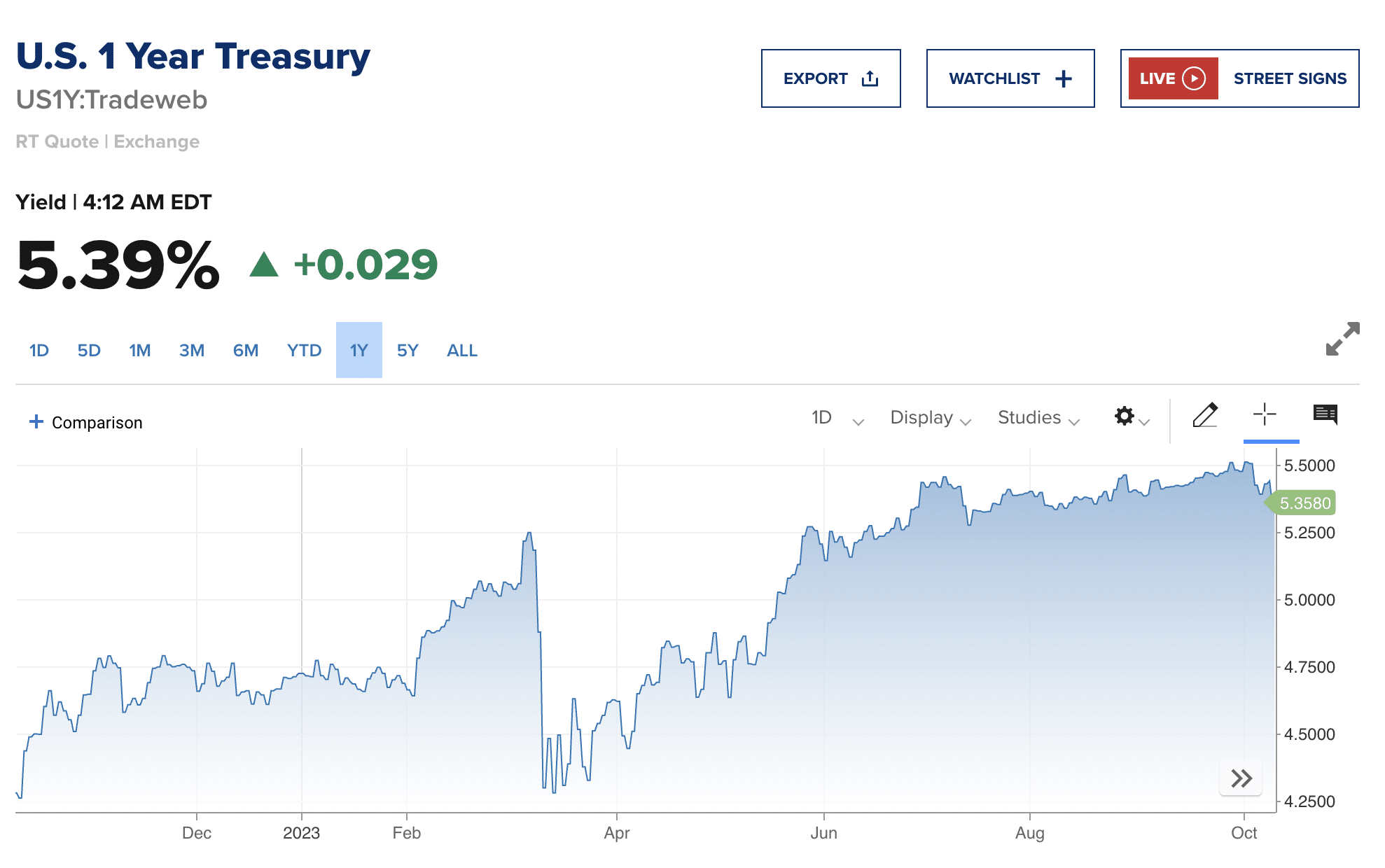
The most important thing to take from this table is the risk because that will help us decide what we want to invest in and how to build our portfolio.
Just note that they all exist in a spectrum. For example, IBM and Shopee are both stocks.
But one of them can give much higher returns at the cost of more volatility than the other. I’m sure you can guess which.
How do you choose the right investment for your goals?
Now to actually applying everything to do what you wanted in the first place – invest your money.
Disclaimer: This is still very personal and it’s completely up to you. I’ll just share general investing principles.
I’ll split this into two.
Investments by age
How old you are will be a factor in what assets you want to invest in.
Usually, younger people are focused on capital growth. We’re young, don’t have a lot of money, and have a long time till retirement.
So we invest in assets that can give us high returns even though it comes at the cost of higher risk.
If we enter a bear market or mess up our investments, at least we still have a lot of time to recover from it.
On the other hand, older people who are closer to retirement will focus on capital preservation.
At this point, your portfolio is (hopefully) stacked so your main aim is just to preserve its value. You don’t wanna take on high risks because if anything goes wrong, you don’t have time to recover.
So as an example:
Person in their 20s – mainly stocks and crypto
Person in their 50s – mainly cash and bonds
Investments by need
Another thing we need to consider is what we’re investing for.
The previous example was assuming that you’re doing it for retirement but maybe you have a shorter term need. Similar concept though.
The sooner you need the cash, the less risk you should take. If you need it very far down the line, you can take on more risk.
As an example, this is how I manage my portfolio:
Retirement funds (long-term) – 100% in stocks (because I’m still in my 20s)
Emergency fund (short-term) – 100% in cash
Saving for a downpayment on a house (medium-term) – mixture of stocks and bonds
What are ETF’s?
Plot twist – you don’t actually have to choose which stocks or bonds you want to invest in.
One of the most common ways people invest these days is via Exchange Traded Funds (ETF).
Even Warren Buffet, one of the most famous investors of our times, says that the average person should just invest in ETF’s.
And they’ll probably beat investment professionals.
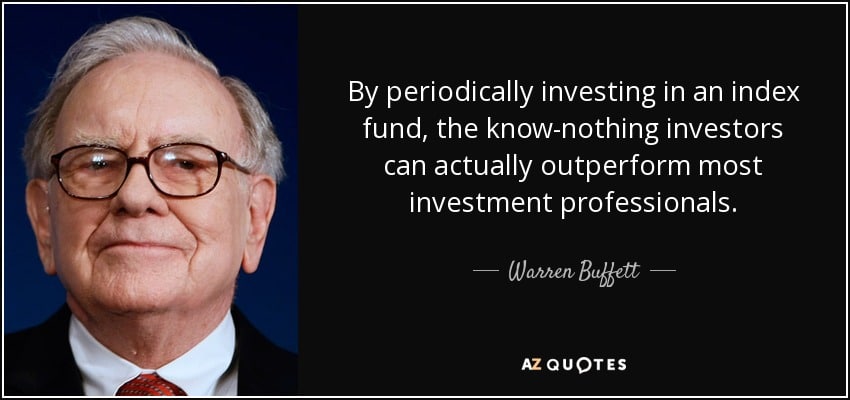
This gets its own section because I don’t consider it an asset class.
Think of individual stocks, bonds, and commodities as fruits. ETF’s are a basket of fruits.
So instead of choosing between investing in an apple or a banana, I just invest in the entire fruit basket.
The most popular ETF is the S&P500 which invests in the 500 largest companies in the US.
Investing in the S&P500 means you don’t have to scratch your head about which company you should invest in, you just buy it and get ownership of all 500 companies.
There’s also ETF’s for:
- Small companies
- Tech companies
- Companies with good ESG rating
- Bonds
- Commodities…
- And many more
I like investing in ETF’s because it really is the easiest way to invest your money.
But it’s still important to understand asset classes so you know which ETF to invest in.
Anyway, more about ETF’s in a future post.
Conclusion
Alright so we’ve covered what you can invest in.
In the next post, we’ll talk about how you can actually invest in these asset classes.
I’ll share examples of passive and active choices so you can choose based on how interested you are in the stock markets.
Start investing in stocks globally with Interactive Brokers or M+ Global (deposit RM1k and get 6 free Grab shares!)
Other reads you might enjoy:

